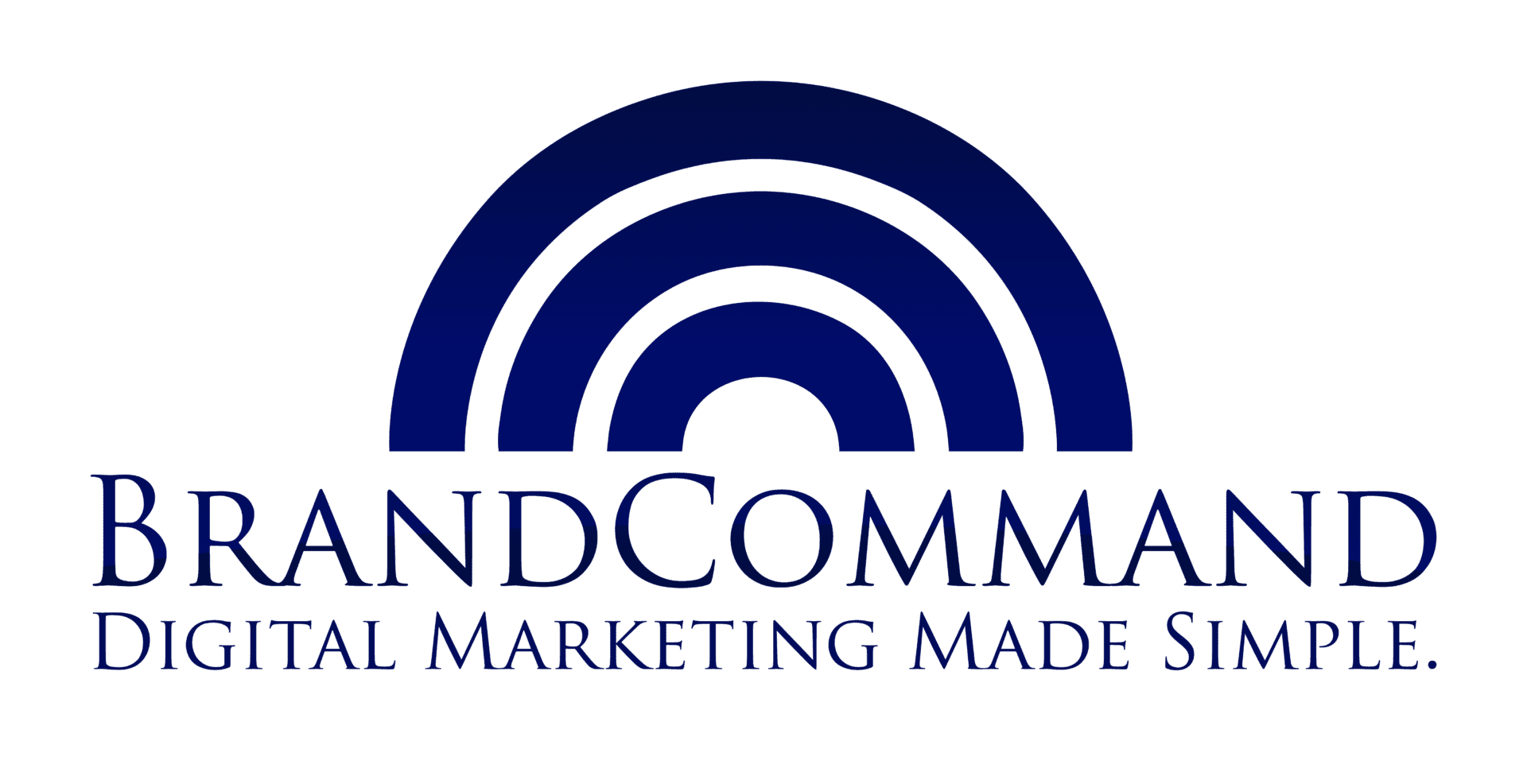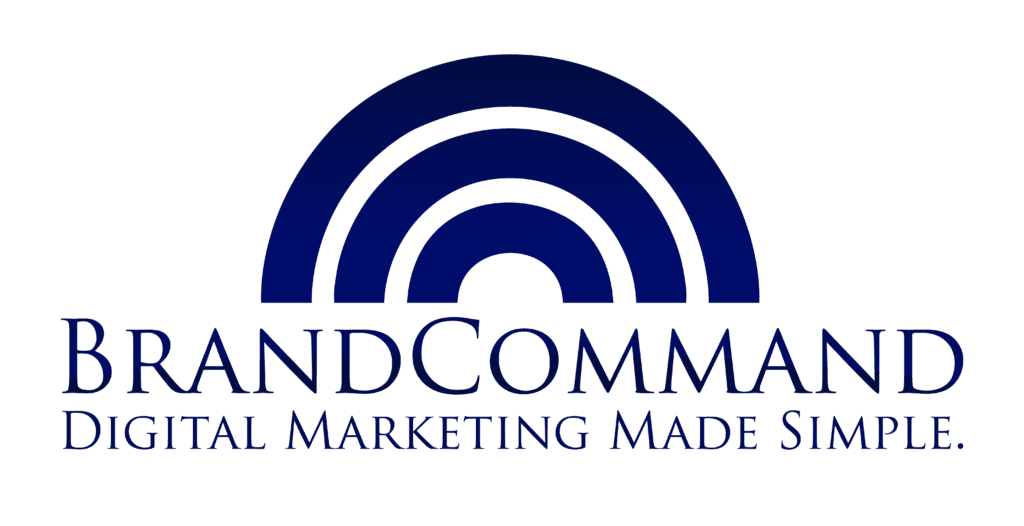Summer Marketing Ideas for Newfoundland Tourism Businesses
Unleashing the Spirit of Summer in Newfoundland Tourism
Summer brings a wave of opportunity for tourism businesses across Newfoundland. Longer days, warmer weather, and busy travel schedules set the tone for increased foot traffic and customer interest. Whether you’re running a scenic boat tour, local restaurant, artisan shop, or heritage site, this time of year presents plenty of chances to catch the attention of visitors. But with so many options for travellers to choose from, making your business stand out isn’t always easy.
That’s where a smart digital marketing strategy comes in. Tourists do a lot of planning online before they even arrive. They’re searching for things to do, places to eat, and events to check out. If your business isn’t showing up or engaging in those spaces, you’re missing your chance to connect. There’s no need for complicated tech or flashy gimmicks. Simple, consistent actions can lead to better results and more bookings. Let’s look at a few ways to make summer marketing work for your business.
Highlighting Summer Events And Festivals
Newfoundland is packed with summer events and festivals that draw large crowds from all over. From music and food festivals to cultural parades and community fairs, these local gatherings offer built-in energy you can tap into. Aligning your marketing with these happenings can help bring your business into ongoing conversations and give people a reason to stop by.
Here are a few ways to make the most of them:
1. Feature event dates and nearby activities on your website or blog to help visitors plan a full day in the area.
2. Use Instagram Stories or Facebook Reels to share behind-the-scenes updates before an event kicks off.
3. Create themed content or limited-time offers related to an event and share those posts a week or two before it begins.
4. If possible, sponsor a small booth or giveaway at the event itself and feature it on your online platforms.
5. Cross-promote with other nearby businesses participating in the event to widen reach.
For example, if your café sits near a major music festival site, promote a “Festival Fuel” coffee combo and post real-time updates as festivalgoers gather. Add a hashtag or tag the event account to help your posts pop up in people’s searches. This keeps your content timely and encourages more engagement.
Most importantly, stay flexible. Weather, crowd size, or event changes can shift plans quickly, so having a few different types of content ready ahead of time can save stress and keep your posts active.

Leveraging Social Media Campaigns
Social media is where travellers often get a feel for the vibe of a place before making plans. Your online photos, captions, and comments all shape how visitors imagine their trip. The good news is, summer content tends to be fun and visual by nature, so your posts don’t need to be perfect, just genuine and consistent.
Here’s how to build out a seasonal presence:
1. Choose a weekly theme like “Waterfront Wednesdays” or “Foodie Fridays” to guide your posts.
2. Share behind-the-scenes glimpses of your team setting up for the day, prepping food, or greeting guests.
3. Use polls, quizzes, or “comment to win” contests to boost interaction.
4. Repost content from tourists who tag your business. Always ask for permission and thank them.
Staying active doesn’t mean posting all day. A steady pace, like three to five posts a week, keeps your business in people’s minds without becoming overwhelming. And don’t forget to reply to comments, even short ones. A quick response can turn one-time visitors into returning guests.
Optimizing Local SEO
Tourists planning a trip to Newfoundland usually jump online first. They’re searching things like “things to do near me” or “best seafood restaurant in St. John’s.” That’s where local SEO matters. If your business isn’t showing up in those results, you’re missing out.
Start by claiming and updating your Google Business Profile. Make sure your summer hours, photos, service details, and contact info are current. Post about events or promos so visitors see your listing is active.
You’ll also want to use local keywords on your site. Mention nearby landmarks, neighbourhoods, or popular attractions. The more specific, the better. Ask happy customers to leave a review. Most people trust real reviews, and a steady flow of fresh ones boosts both credibility and ranking.
Here’s a simple checklist to help your profile stand out this summer:
– Add bright, current photos of your space in summer
– Post specials or events using the “Updates” feature
– Use names of attractions or areas people are searching
– Keep your NAP info (Name, Address, Phone) the same across platforms
– Encourage repeat guests or community fans to write short, honest reviews
You don’t need a full-time expert for this. Just taking one hour to tighten up your summer SEO can make a difference.

Collaborating With Local Influencers
Influencers can help you reach more travellers, especially the kind who want to explore like locals. A local voice with a curious audience can bring authentic energy to your business’s marketing. It’s not about celebrity status. It’s about fit and storytelling.
Check who’s already active on your radar. Is someone posting food reviews, family adventures, or scenic hikes around Newfoundland? They might be your next collaboration.
Reach out casually and offer something like a preview visit, fun sample, or small experience. Let them capture the moment naturally and share in their own way. That style usually resonates more than rehearsed script-style content.
A few easy ways to team up:
1. Plan a relaxed influencer day with small group activities
2. Give out discount codes they can post
3. Ask them to do a social media Story takeover
4. Offer branded items that look good in photos
Once they post, engage with the content, share it on your pages, and maintain the relationship. A warm thank you and continued support can go a long way.
Summertime Promotions That Make A Difference
Limited-time offers during the summer give visitors a reason to stop in now instead of later. Since the season is short in Newfoundland, timing counts. Special deals that are simple and fun often perform the best.
Think about what a visitor actually wants. Partnering with a nearby café or entertainment spot can add value to their outing. A small “Thank You Pack” with local samples or keepsakes can make a lasting impression too.
Make sure people know about your offers in places they’ll look. That includes your website, social media, and email, not just your storefront.
Ideas that work well:
– Clear and fun promo names like “Bay Day Bonus”
– Simple steps for how to redeem
– Defined end dates that push urgency
– Little upgrades or bonus items that feel like a treat
– Ties with events already bringing people into the area
Once you find something that works, bring it back each year so it becomes part of your summer routine people look forward to.

Making Summer Work For Your Business
Newfoundland’s tourism season comes and goes fast, but it can leave a lasting impression. By showing up online in the right ways—whether that’s through an updated profile, clever promotions, or community engagement—you can stand out to visitors when it matters most.
Marketing doesn’t have to feel overwhelming. Even small steps like posting regularly or encouraging reviews make an impact. When efforts are people-focused and timely, they build trust and draw more attention.
Look ahead and plan early where possible. Building an engaging online presence now helps lay the foundation for next season’s success too.
Make the most of your busiest season with support from BrandCommand. If you’re looking for simple ways to attract visitors and grow your business, our digital marketing in Newfoundland offers targeted strategies that keep you top of mind. From Google Business Optimization, Local SEO to email campaigns, we tailor each approach to help you stand out online and connect with more travellers.
– Bill Jackman, Tourism Marketing Strategist | Trusted by NL Operators Since 1991

